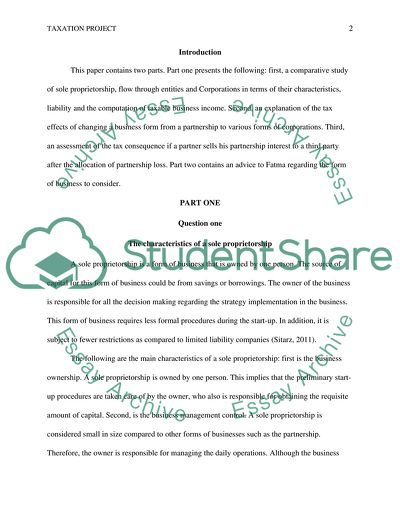Cite this document
(Taxation - Project Coursework Example | Topics and Well Written Essays - 1750 words, n.d.)
Taxation - Project Coursework Example | Topics and Well Written Essays - 1750 words. https://studentshare.org/finance-accounting/1855948-taxation-project
Taxation - Project Coursework Example | Topics and Well Written Essays - 1750 words. https://studentshare.org/finance-accounting/1855948-taxation-project
(Taxation - Project Coursework Example | Topics and Well Written Essays - 1750 Words)
Taxation - Project Coursework Example | Topics and Well Written Essays - 1750 Words. https://studentshare.org/finance-accounting/1855948-taxation-project.
Taxation - Project Coursework Example | Topics and Well Written Essays - 1750 Words. https://studentshare.org/finance-accounting/1855948-taxation-project.
“Taxation - Project Coursework Example | Topics and Well Written Essays - 1750 Words”. https://studentshare.org/finance-accounting/1855948-taxation-project.


